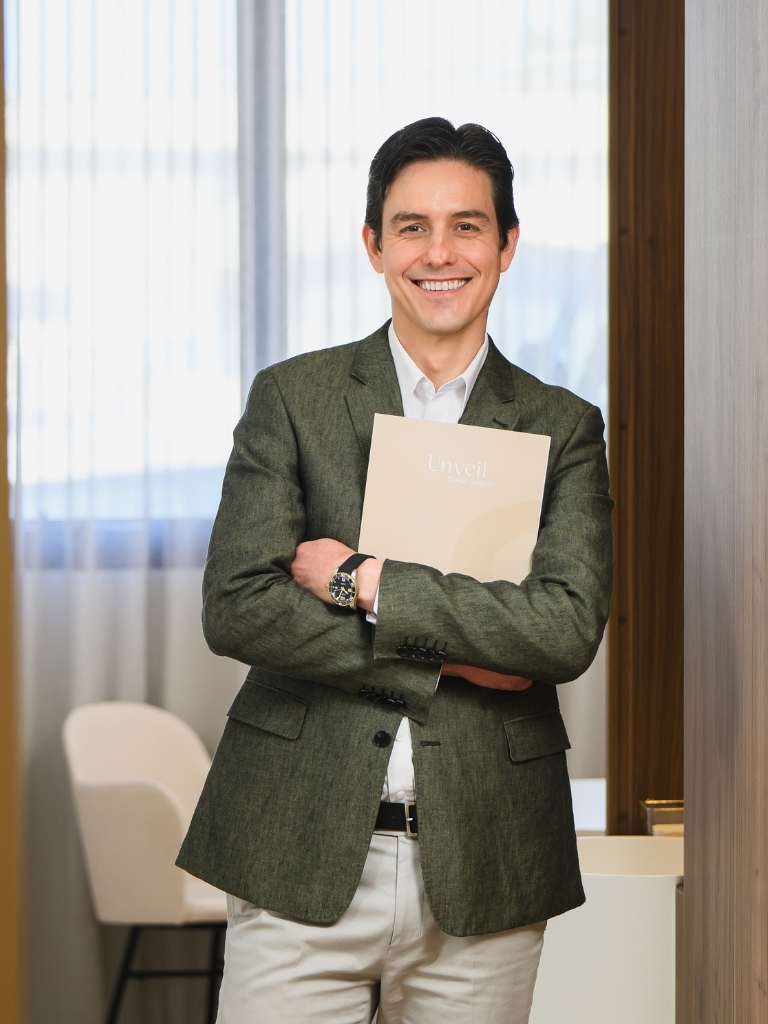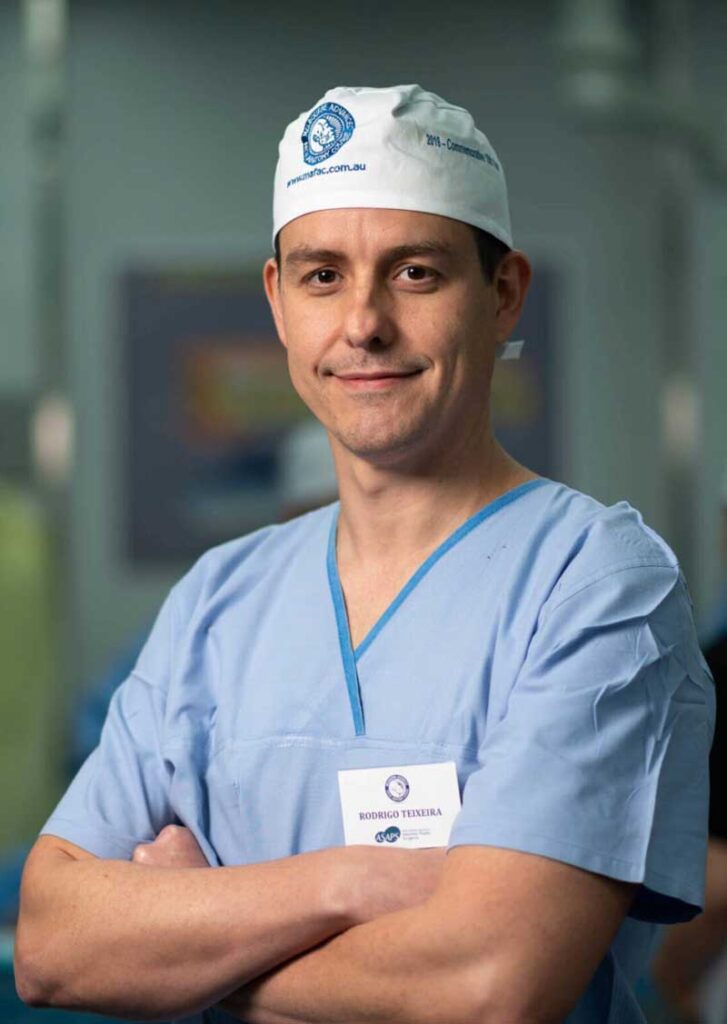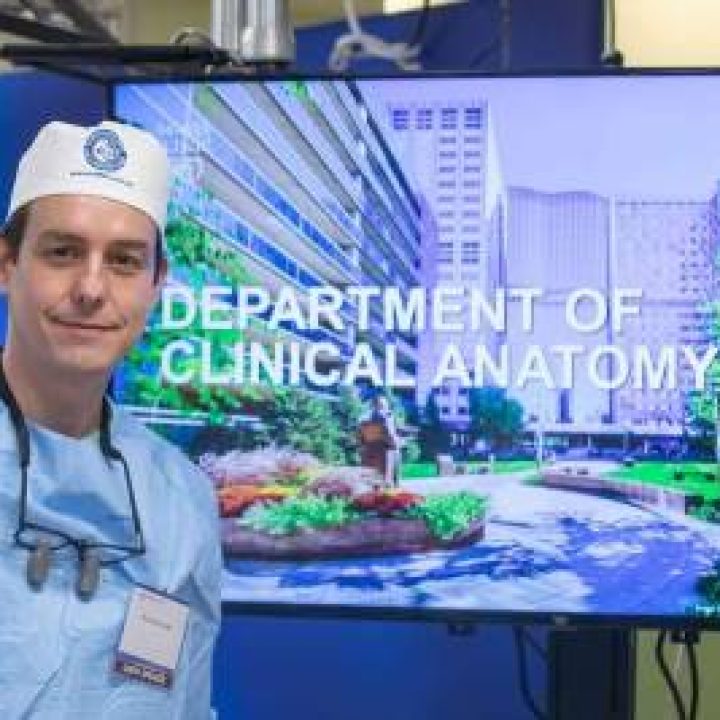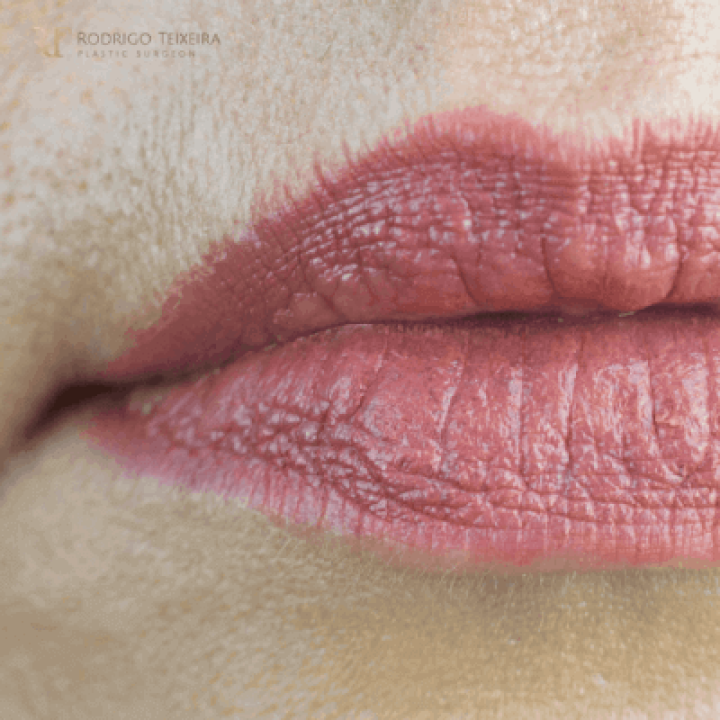Blepharoplasty in Melbourne - Eyelid Surgery
Dr Rodrigo Teixeira is a Specialist Plastic Surgeon (FRACS) based in Melbourne with a focus on facial plastic surgery, including blepharoplasty, rhinoplasty, and facelift surgery. His approach balances aesthetic refinements and functional aspects, ensuring every treatment plan is tailored to the individual’s anatomy and needs.
When Blepharoplasty May be Considered?
Blepharoplasty, or eyelid surgery, is a procedure that reshapes the upper and/or lower eyelids by removing or repositioning excess skin, fat, or muscle. It may be performed for cosmetic reasons, to restore a rested appearance, or for functional improvement when eyelid skin droops enough to affect vision or eye comfort.
Ageing, genetic factors, and anatomy all play a role in eyelid changes. Over time, the skin and underlying tissues can stretch, causing hooded upper lids, puffiness, under-eye bags, or fine wrinkles. Blepharoplasty aims to restore smoother contours around the eyes while maintaining eyelid support and eye protection.
Each procedure is individually planned after detailed assessment of anatomy, skin quality, and brow position to ensure harmony between the eyelids and surrounding facial features.

Learn more about Dr Rodrigo Teixeira and his approach to plastic surgery and patient care.
Upper Eyelid Surgery
Upper eyelid blepharoplasty addresses redundant or heavy upper eyelid skin that may cause discomfort, make-up difficulty, or reduced field of vision. A fine incision is made within the natural eyelid crease to remove or reposition skin and small pockets of fat. Where the upper eyelid muscle (levator) is weak, ptosis repair may also be performed to lift the eyelid margin and restore symmetry.
If brow descent contributes to upper eyelid heaviness, a brow lift may also be discussed to achieve balanced rejuvenation of the upper face. Minor procedures under local anaesthetic may be suitable for small skin or muscle adjustments, while most upper blepharoplasty operations are performed as day surgery under local anaesthetic and sedation.
When Upper Blepharoplasty May Help
- Skin excess causing heaviness or hooding
- Difficulty applying make-up or wearing glasses
- Overhanging skin partially blocking vision
- A tired or asymmetrical upper eye appearance
Functional Eyelid Surgery
Not all eyelid surgery is performed for cosmetic reasons. Functional blepharoplasty may be recommended when drooping skin or weakened structures interfere with vision, comfort, or eyelid closure.
This may involve removing redundant skin that overhangs the lashes, correcting a turned-out eyelid (ectropion) or a turned-in eyelid (entropion), or addressing eyelid malposition after previous surgery or trauma. Functional and cosmetic goals can often be addressed together to restore comfort, field of vision, and eyelid symmetry.
Double Eyelid (Ethnic Blepharoplasty)
Some individuals, particularly those of East Asian heritage, naturally have a monolid or less defined upper eyelid crease. Double eyelid surgery, also called crease-defining blepharoplasty, creates or enhances the upper eyelid fold while maintaining respect for natural anatomy and ethnic features.
This procedure is performed using an incisional technique, which allows adjustment of tissue and fixation to form a stable, natural-looking crease.
Planning focuses on individual preference, anatomy, and maintaining symmetry between the eyes.
Lower Eyelid Surgery
Lower eyelid blepharoplasty targets puffiness, hollowing, or skin laxity beneath the eyes. Different surgical approaches are selected based on anatomy and the cause of concern:
Transconjunctival incision: made inside the eyelid with no external scar, allowing removal or repositioning of fat when there is little skin excess.
Subciliary incision: placed just below the lashes when skin tightening or fine-line correction is needed.
In some cases, canthopexy (a small tightening at the outer eyelid corner) is added to maintain tone and prevent downward pull on the lower lid.
During planning, Dr Teixeira evaluates the relationship between the lower eyelid, cheek, and midface. Fat is often preserved or redistributed rather than removed to prevent hollowing and support a smooth lid-cheek transition. Surgery is usually performed as day surgery in a Melbourne hospital under sedation and local anaesthetic.
When Lower Blepharoplasty May Help
- Under-eye bags or puffiness
- Tear-trough hollowing
- Fine wrinkles or loose skin
- Reduced lower eyelid tone or droopiness
Dr Teixeira’s Approach to Eyelid Surgery
Dr Teixeira’s approach to eyelid surgery balances aesthetic and functional outcomes. His planning process begins with a detailed assessment of eye shape, skin and muscle quality, and brow position. These factors determine whether eyelid surgery alone is suitable or if additional support procedures, such as a brow lift, may be beneficial.
He favours volume preservation and fat repositioning over removal, recognising that excessive resection can create a hollowed or tight appearance. When appropriate, he uses tarsal fixation, a precise technique that anchors skin to the tarsal plate through a small internal incision. This method enhances crease definition and supports long-term stability of the eyelid contour.
What to Expect at the Consultation
During an eyelid surgery consultation, Dr. Teixeira will assess your suitability for surgery by reviewing your medical history, personal goals, and conducting a photographic analysis. The discussion will include treatment options, recovery timelines, potential risks, and expected outcomes to support informed consent.
In line with AHPRA guidelines, motivations for surgery are explored, and screening for psychological conditions such as Body Dysmorphic Disorder (BDD) is performed. A GP referral is required, and a seven-day cooling-off period applies before scheduling any cosmetic surgery.

Risks and Considerations
As with any surgical procedure blepharoplasty involves risks and individual outcomes vary. While many patients experience a safe and satisfactory recovery, results cannot be guaranteed. Complications are uncommon but can include:
- Bruising, swelling, or temporary asymmetry
- Infection or delayed healing
- Temporary irritation, dry eyes, or tightness
- Difficulty closing the eyes fully during early recovery
- Changes in eyelid contour or mild scarring
Rare complications include bleeding, lid malposition, or vision disturbance. Dr Teixeira reviews individual risk factors, such as dry eye or prior eye surgery, to reduce potential complications.
What to Expect During Recovery
Recovery varies between individuals and depends on the type of procedure, your general health, and how your body heals. Eyelid surgery is typically performed as a day procedure, not requiring hospital admission, and can be done under local anaesthetic, under sedation or general anaesthetic.
Common early experiences include mild swelling, bruising, or tightness around the eyes. These usually improve within the first 7–10 days. Cool compresses and simple pain relief can help reduce discomfort. Temporary dryness or mild irritation may occur and can be relieved with lubricating eye drops if needed.
General Recovery Guidance
- Rest with your head elevated for the first few days
- Use cold compresses as directed to limit swelling
- Avoid bending, heavy lifting, or strenuous activity for 1–2 weeks
- Reduce screen time and reading early to minimise eye strain
- Protect the healing skin with sunglasses outdoors
- Attend all scheduled follow-up appointments at our Melbourne clinic
Most patients return to light work or social activities within 7–10 days, though swelling may take several weeks to fully resolve. Subtle refinements and scar maturation continue for several months.
Our Melbourne Clinic
Our Melbourne clinic is a dedicated environment for plastic surgery care, designed to support comfort, privacy, and professionalism. Consultations and procedures are guided by evidence-based protocols, with a focus on informed decision-making and surgical safety. We use digital imaging and surgical planning tools where appropriate, and offer coordinated post-operative support to help patients navigate each stage of their care with confidence.
Combined Procedures & Complementary Treatments
Blepharoplasty may be performed on its own or in combination with other procedures when changes to additional facial features or complementary treatments are desired.
It can be combined with:
- Brow lift: to correct brow descent contributing to upper lid heaviness
- Facelift (Meloplasty): to improve mid-face descent and lid-cheek support
- Fat transfer: to restore volume in tear-trough or midface areas
- Laser resurfacing: to refine fine lines or skin texture around the eyelids
Each combined approach is individualised based on anatomy, goals, and safety considerations, ensuring balance between the eyelids and surrounding facial structures.
Eyelid Surgery FAQs
Most patients return to light activities within 7–10 days. Bruising and swelling improve over two to three weeks, and subtle refinement continues over several months.
Blepharoplasty incisions are placed to minimise visibility. For upper eyelids, the incision is usually hidden in the natural crease. Lower eyelid surgery may be done from inside the eyelid (transconjunctival) or just below the lash line if skin needs to be removed. Scars generally fade well over time, but may be more visible in some individuals with darker skin or increased pigmentation around the eyes.
When excess upper eyelid skin hangs over the lashes, surgery can improve peripheral vision and reduce heaviness, in addition to aesthetic enhancement.
Minor upper eyelid procedures may be performed under local anaesthetic in clinic settings, while combined or complex cases are generally done under sedation or general anaesthesia.
Contact lenses are usually avoided for one to two weeks, and make-up can be resumed once incisions are healed and any swelling has subsided.
Yes, revision blepharoplasty may be appropriate in some cases. A full assessment is needed, as brow position can contribute to eyelid heaviness, sometimes a brow lift is more suitable or recommended in combination with secondary blepharoplasty.
Costs vary depending on the complexity of the surgery, hospital fees, and whether the procedure is functional or cosmetic. A detailed estimate is provided after consultation.



